|
On the morning of Monday, May 23, an electric aircraft took off from Plattsburgh International Airport in eastern New York, near Lake Champlain and the border with Vermont. From there, it pushed west and south. It landed and took off again two more times in New York, and then flew into Akron, Ohio the next day. After seven stops in total, it finally landed on Monday, May 30, in Bentonville, Arkansas, completing a start-and-stop journey of 1,403 miles. The craft is called Alia, and it was created by Beta Technologies, an aviation startup based in Burlington, Vermont. A single propeller, powered by two electric motors, gives it its thrust through the air. Electric aviation is in its infancy, and the burgeoning industry—which includes other firms like Joby, Wisk, Kitty Hawk, Archer—has generally focused on the idea of using electric aircraft as air taxis, like Ubers in the sky, for travel around cities. With this longer series of flights, Beta CEO Kyle Clark says that they wanted to show that aircraft like these can be more than just a vehicle for local transport. “I think that with this type of flight, at a very high level, we change the image of what electric aviation is,” he says. “It’s not an aircraft that’s hopping within a city; it’s not flying test flights around a range, unmanned; it’s you put a couple pilots in it, you put some cargo in it, and you go halfway across the country.” He says that the “launching point” for their business is to start with a focus on flights for cargo and logistics that span about 150 miles in length. “And we just went and proved that you can do that, and you do it over and over and over again,” he says. After the stop in Akron, Ohio, it flew to Springfield, Ohio, then Bloomington, Indiana, before pushing into Illinois, Missouri, and then Arkansas. The flight legs ranged from about 159 miles to as long as 211, and had an average flight time of around 88 minutes. All told, over the eight days that the mission lasted, the aircraft was in the air for nearly 12 hours. Two pilots from Beta took turns flying the aircraft: Lochie Ferrier and Camron Guthrie. The pilot not flying the electric plane for each leg took the controls of a Cessna Caravan that acted as a chase plane. Guthrie, one of the pilots for the mission, notes that the journey took them through “really sleepy areas” of the country, attracting onlookers. “People just came out to see the folks from Vermont and their spaceship,” he says. In Ohio, the landing garnered an article in the Springfield News-Sun about the aircraft, which arrived at the Springfield–Beckley Municipal Airport on May 24. The website Electric VTOL News previously reported on part of the aircraft’s journey. To be clear, the flying machine is not a spaceship. It’s an electric aircraft with a 50-foot wingspan that The New York Times has referred to as “a flying battery” that has an “exotic, almost whimsical shape.” (The company notes on its website that the plane’s design “takes inspiration from the Arctic tern.”) While Beta and its competitors are designing aircraft that can take off and land vertically from small areas, this particular model did not do that—it took off and landed like a regular airplane, just as it did in March when two Air Force pilots tried flying it. The journey also included a delay due to bad weather in Ohio. After landing in Springfield on Tuesday, May 24, it didn’t take off again until Saturday, May 28, when it flew to Indiana. The multi-leg journey was a chance for real-world testing of a new kind of aircraft. “We ran into weather, we operated out of austere locations, we tested our recharging network,” Guthrie says. “There’s a lot of things we learned about our design that we’ll put back in the hopper.” About the charging network: An electric aircraft produces zero tailpipe emissions while flying, but the juice in its batteries has to come from somewhere. For this journey, Beta says that they were able to recharge the aircraft using their own charging stations at four locations, including their departure airport of Plattsburgh, New York. (Another charger is located in Bentonville, Arkansas.) At other locations, they relied on a mobile generator that can burn fossil fuel to make electricity. “We try to minimize that, but yes, we have those provisions, and we used it on this flight,” Clark notes. Ferrier, one of the two test pilots, says that one issue driving where and how they charged was the performance of the aircraft, which he says exceeded their expectations. “Our charging network was actually spaced for a little bit less range than we’re currently making,” he says. “The airplane is actually outperforming the charging network—so we could have actually used more of our own charges, but we ended up with a better airplane than we expected, and so we had to skip some of the charges.” In short: briefer flights would have allowed them to utilize more of their stationary chargers instead of their mobile solution. “The charging network is an evolving thing, and every week we get more chargers online,” adds Clark. The permission for this multi-state journey—the aircraft soared through six states in total—came in the form of a market survey certificate from the FAA. It’s not the longest flight on the books for an electric aircraft: between 2015 and 2016, a solar-powered airplane circled the world. Beta doesn’t intend to operate its own cargo or passenger airline; instead it plans to make the aircraft itself so that companies such as UPS could use it to carry goods. For now, the Alia aircraft, after flying just over 1,400 miles, remains in Arkansas. It will be at an event called the UpSummit, and then will eventually fly back east.
0 Comments
A passenger with no flying experience landed a plane in Florida after the pilot passed out. In a audio recording from the flight, the passenger, Darren Harrison, can be heard telling air traffic control a "serious situation" was unfolding. An air traffic controller - who also teaches new pilots - helped guide the man down to Palm Beach International Airport just after noon on Tuesday. The two later met on the tarmac for a hug. The pilot of the Cessna 208 had been flying to Florida from the Bahamas when he told his two passengers he wasn't feeling well, according to the Federal Aviation Administration (FAA). He fell against the controls, putting the small aircraft into a nosedive and a sharp turn. The nature of the medical emergency has not been revealed, but the pilot is being treated in hospital. An on-board conversation between Mr Harrison and air traffic control caught the drama: HARRISON: "I've got a serious situation here. My pilot has gone incoherent. I have no idea how to fly the aeroplane." CONTROL: "ATC: 333 Lima Delta, Roger, what's your position?" HARRISON: "I have no idea. I can see the coast of Florida in front of me but I have no idea." CONTROL: "Maintain wings level and just try to follow the coast, either northbound or southbound. We're trying to locate you." Robert Morgan, an air traffic controller at Palm Beach International Airport, was on his break when a colleague came to alert him to the situation. A long-time flight instructor with more than 20 years' experience in air traffic control, Mr Morgan had never flown the specific model - a single-engine Cessna 208 - but was able to use a map of the aircraft's cockpit to give instructions to the flier. "I knew the plane was flying like any other plane. I just knew I had to keep him calm, point him to the runway and tell him how to reduce the power so he could descend to land," Mr Morgan told WPBF-TV. He told the FAA the surreal experience was "like a movie". In the recording, Mr Morgan is heard teaching the man to "push forward on the controls and descend at a very slow rate" as he approaches for landing. After the plane landed, Mr Morgan can be heard in the recording praising the heroic passenger to other pilots on the tarmac. "Did you say the passengers landed the airplane?" the pilot responded. "Oh, my God. Great job." The passengers had planned to land at Boca Raton in Florida, but Mr Morgan instead guided Mr Harrison to Palm Beach airport because it had a longer runway, was less congested, and had much-needed radio coverage, the FAA said. Under Mr Morgan's tutelage, Mr Harrison flew the plane into its final approach, successfully landing the aircraft at 16:37 local time. Neither passenger had any injuries. The FAA is investigating. plane makes emergencey landing, man with not flying experience lands plane , pilot passes out passenger lands, nathan finnemanThe Federal Aviation Administration has found that Trevor Jacob, a daredevil YouTuber who posted a video of himself last year parachuting out of a plane that he claimed had malfunctioned, purposely abandoned the aircraft and allowed it to crash into the Los Padres National Forest in Southern California. In a letter to Mr. Jacob on April 11, the F.A.A. said he had violated federal aviation regulations and operated his single-engine plane in a “careless or reckless manner so as to endanger the life or property of another.” The agency said it would immediately revoke Mr. Jacob’s private pilot certificate, effectively ending his permission to operate any aircraft. Reached by email on Wednesday, Mr. Jacob appeared unaware of the F.A.A.’s ruling and replied, “Where’d you get that information?” He did not immediately respond to follow-up emails. In a video posted on his YouTube channel last week, Mr. Jacob, a former snowboarding Olympian turned YouTuber with more than 100,000 subscribers, briefly addressed the airplane controversy, saying, “I can’t talk about it, per my attorney.” “But the truth of that situation will come out with time,” he added, “and I’ll leave that at that.” The F.A.A. does not have the ability to prosecute; it can only revoke and suspend certificates and issue fines. The agency ordered Mr. Jacob to surrender his private pilot certificate and said he could face “further legal enforcement action” if he did not do so, including a civil penalty of up to $1,644 for each day that he did not return it. A spokeswoman for the Transportation Department’s Office of Inspector General said in a statement that the agency, which oversees the F.A.A., could “neither confirm nor deny the existence of an investigation” into Mr. Jacob’s flight on Nov. 24. A 13-minute video of the crash, titled “I Crashed My Plane,” has more than 1.7 million views. It shows Mr. Jacob piloting a small 1940 Taylorcraft plane with several cameras attached, recording the sweeping views of Los Padres National Forest. Mr. Jacob said in a statement in January that he had flown that day to spread the ashes of his best friend, Johnny Strange, over the top of a Sierra Nevada mountain. Mr. Strange died in 2015 while BASE jumping, an extreme sport in which people parachute from a fixed object or structure, such as a cliff. In the video, Mr. Jacob unleashes a flurry of expletives when the propeller stops spinning. He opens the plane’s door and jumps out with a parachute, abandoning the plane as he descends toward the forest, a selfie stick in hand to record it all. “I’m just so happy to be alive,” he says after landing in prickly brush. He documented his hike through the forest, which, he says in the video, lasted at least six hours until a farmer found him at dusk. Earlier, he had found the wrecked, mangled plane in a thicket of dried shrubs. Almost immediately after he posted the video on Dec. 24, viewers and aviation experts expressed doubts online over his portrayal of the crash. It was orchestrated, they claimed, for views and likes, and several steps Mr. Jacob took, such as wearing a parachute in the first place, were evidence of a preconceived publicity stunt. Mr. Jacob turned off comments for the video. The F.A.A. agreed about the parachute in its letter, which it released in response to a request from The New York Times, and pointed out other revealing details that officials had uncovered during an investigation. “During this flight, you opened the left side pilot door before you claimed the engine had failed,” the F.A.A. wrote. Before jumping out of the plane, the agency said, Mr. Jacob made no attempt to contact air traffic control on the emergency frequency, did not try to restart the engine by increasing airflow over the propeller and failed to look for a place to safely land, “even though there were multiple areas within gliding range in which you could have made a safe landing.” After the crash, Mr. Jacob also “recovered and then disposed of the wreckage,” the F.A.A. said.
“You demonstrated a lack of care, judgment and responsibility by choosing to jump out of an aircraft solely so you could record the footage of the crash,” the agency said. “Your egregious and intentional actions on these dates indicate that you presently lack the degree of care, judgment and responsibility required of a certificate holder.” A man has been sentenced to one year in prison for lying about his job experience before working as a commercial pilot in the U.K. for two years. Craig Butfoy, 49, entered false details and fabricated his experience in his flight logbook so that he could appear more qualified to work for BA CityFlyer, a British Airways regional airline, and former Irish regional airline Stobart Air. He pleaded guilty to several charges of fraud on Monday and was handed the prison sentence at Snaresbrook Crown Court, in east London, according to the Civil Aviation Authority (CAA). Butfoy was employed with each airline for one year, from 2016 to 2018, according to The Times of London. During that time, officials at BA CityFlyer reportedly became suspicious of his experience after an incident occurred in Switzerland when he pressed a button that "no qualified pilot would," a source told the news outlet. He was later investigated by the CAA, when it was found that he had given false information on his résumé and fabricated the details of his flight experience in order to "obtain and retain employment," the authority said. Among those fabrications included false claims that he had flown 1,610 hours as a captain and received a training course certificate. He also falsely stated that he had held a private pilot's license since 1998, according to the Times. Butfoy reportedly falsified his flight hours while he was working for a previous employer, Hangar 8 Management, according to the Times. That company also operates the same Embraer 190 jets as BA CityFlyer, the news outlet noted. However, a spokesperson for British Airways maintained that Butfoy was still fully qualified and certified to operate as a pilot, and that the case was related to false information he provided in references during the application process. The airline said passengers were never put in harm. "The safety of our customers and crew is always our priority, and the fully qualified pilot was suspended and an investigation launched as soon as BA CityFlyer became aware of discrepancies in his employment record," an airline representative told Newsweek in a statement Saturday morning. "At no point was there any risk to customers or colleagues." Jonathan Spence, general counsel at the CAA, said earlier this week that Butfoy's prosecution and sentence shows that "offenses of this kind are taken very seriously by the Civil Aviation Authority and the courts," adding that "pilot integrity is at the heart of aviation safety and we will take all steps necessary to maintain that position."
BA CityFlyer is a regional operator that flies aircraft from London City Airport to domestic and European destinations. Stobart Air no longer operates, but was previously owned by Aer Lingus. Hulu is presenting Red Bull’s latest death-defying aerial stunt as the exclusive U.S. livestreaming partner. The opportunistic rights pickup shows how Disney is hunting for new head-turning opportunities to help Hulu stand out in the crowded streaming market. In Red Bull’s Plane Swap event, set for Sunday, April 24, skydivers and pilots Luke Aikins and Andy Farrington — each piloting single-seat Cessna aircrafts to 14,000 feet in the skies over Arizona — will put their planes into a vertical nosedive. They’ll then jump out in midair at 140 mph (leaving the cockpits empty) and attempt to skydive into each other’s planes as they hurtle toward the ground. The never-before-attempted Plane Swap stunt will be livestreamed on Hulu beginning at 4 p.m. PT on April 24. Hulu is the exclusive streaming partner of Plane Swap in the U.S. (available to all subscribers) and Red Bull TV is the broadcast platform for rest of the world. On Hulu, the event also will be available to watch on-demand starting the next day. Plane Swap is the latest in a series of live news and sports programing for Hulu’s on-demand subscribers. Past events on the streamer have included Lollapalooza 2021, the New Year’s Eve Ball Drop and 75 live NHL games. The Plane Swap stunt required the development of a purpose-built airbrake system installed on the aircrafts’ belly, designed to control aerodynamic stability. Aikins and Farrington worked with aeronautical engineer Dr. Paulo Iscold, who served as lead engineer on the project. Once engaged, the airbrakes will ensure the planes maintain a relatively controlled terminal velocity in nosedive that closely matches the speed of the skydivers’ descent. The Plane Swap concept is Aikins’ brainchild, inspired by a photo he saw in an aviation magazine in the ’90s. As a professional skydiver, he’s made more than 21,000 jumps and served as the skydiving consultant on the Red Bull Stratos mission (where Felix Baumgartner jumped from a record-setting altitude of 127,852 feet in 2012). Aikins also performed the first-ever skydive without a parachute on live TV (in 2016) and developed Red Bull Aces, the world’s first wingsuit slalom competition that began in 2014. Farrington, meanwhile, boasts more than 27,000 skydives himself. The two are cousins who live together on a 40-acre property in Washington State. “Plane Swap is the natural progression and culmination of my life’s work as a professional, both in the air as a pilot and skydiver and on the ground as an innovator,” Aikins said in a statement. “It’s the pinnacle of my career, and my goal is to inspire the world and show that anything is possible.” redbull plane swap , plane swap , insane redbull airplane stunt , nathan finneman , nathan james , sir drifto , doa , division of aerodynamics ,
The world’s biggest aircraft, the Antonov-225 cargo plane, was destroyed by Russian forces while it was under repair at an airfield in Gostomel near Kyiv, according to Ukraine’s state-run Ukroboronprom. Restoration of the aircraft, known as Mriya, will take more than five years at a cost of over $3 billion following the attack, Ukroboronprom said in a statement dated Sunday, adding that it aimed to ensure Russia covers the costs. “Russia has hit the Mriya as a symbol of Ukraine’s aviation capabilities,” the company said. Ukrainian Foreign Minister Dmytro Kuleba also tweeted about the aircraft. The six-engine aircraft is 84 meters long and has a wingspan of about 88 meters. It first flew in December 1988 and holds records for transporting the biggest commercial cargo. “The occupiers destroyed the airplane, but they won’t be able to destroy our common dream,” Ukroboronprom said. “Mriya will definitely be reborn.”
Often, when we think of long-endurance flights, our first thoughts jump to military operations. Big planes with highly-trained crew will fly for long periods, using air-to-air refuelling to stay aloft for extended periods. However, many of the longest duration flights have been undertaken as entirely civilian operations. The longest of all happened to be undertaken by that most humble of aircraft, the Cessna 172. From December 1958 to February 1959, Bob Timm and John Cook set out to make history. The duo remained aloft for a full 64 days, 22 hours and 19 minutes, setting a record that stands to this day. A-TEST-OF ENDURANCEOne might expect that such an effort was undertaken to push the envelope or to strike new ground in the world of aerospace engineering. However, the real truth is that Bob Timm was a slot machine mechanic and former bomber pilot who worked at the Hacienda casino in Las Vegas. Proprietor Doc Bailey was always on the hunt for promotional ideas, and Timm pitched his boss that a record attempt in a plane bearing the casino’s branding would be a good way to go. Bailey agreed, and committed $100,000 to the effort. Modifications to prepare the aircraft for the stunt took the best part of a year. The pint-sized Cessna was fitted with a 95-gallon belly tank, paired with a electric pump that could transfer fuel to the main wing tanks as needed. Special plumbing was also added that would allow the engine oil and filters to be changed while the engine was still running. The interior was stripped out, and the standard co-pilots door was also removed, replaced with a folding-style accordion door instead. A platform was also rigged up that could be extended out of the co-pilot’s side of the aircraft. This allowed the co-pilot some additional room to move during the crucial refuelling operations. KEEPINGTHE ENGINE TURNING The Hacienda Cessna 172 refuelling during its record flight. Source: McCarran AirportRefuelling was handled by lowering a hook via a winch down to a fuel truck that would trail the plane on a straight stretch of road, usually twice a day. The winch would then pull up a fuel hose from the truck, which would be used to fill the belly tank in around three minutes. The same system was used to regularly pull up food, oil and other supplies like towels and water for shaving and bathing. Initial attempts faced issues. The plane had been fitted with a brand-new engine from Continental Motors Corp., fitted with an alcohol injection system at Timm’s insistence, despite the protests of lead mechanic Irv Kuenzi. The aim was to reduce carbon build-up over the long duration flight, but the engine suffered burnt exhaust valves which curtailed the third attempt. After the first three flights, the plane had never stayed aloft longer than 17 days. Other hurdles came up, too. Timm wasn’t getting along with his co-pilot, and pilots Jim Heth and Bill Burkhart had just set a record of their own. The duo had managed to fly their own Cessna 172 for a full 50 days, landing on September 21 1958. It was clear changes were needed. For the next attempt, Kuenzi reinstalled the plane’s original engine, which had 450 hours on the clock. The alcohol injection system was quietly modified to harmlessly squirt the alcohol overboard instead of into the engine. The original co-pilot was dismissed, and 33-year-old John Wayne Cook, a pilot and airplane mechanic, was given the job instead. The plane took off once more on December 4, 1958, at 3:52 PM from McCarran Field, Las Vegas. Officials monitoring the record chased the plane down the runway in a convertible Ford Thunderbird, putting white paint on the tires as an indicator to ensure the plane didn’t make any secret landings during the attempt. Over the course of the near-65 day flight, the plane was refuelled by its truck over 128 times. This, and the job of flying the plane kept Timm and Cook plenty busy. What downtime was available was spent reading comics and making up simple games such as counting cars on the roads below to pass the time. Fresh meals were cooked for the duo by the chefs at the Hacienda, though the food had to be chopped up to fit in thermos containers to be passed up to the plane. Bathroom duties were handled with a folding camp toilet and plastic bags, which were then deposited over uninhabited areas of the desert.
The long flight wasn’t all trouble-free, as one might expect. An incident on January 12, 1959 saw Timm caught out while bathing on the platform outside the co-pilots door. With Cook at the controls, the pilot realised the plane would not clear a ridge with the platform extended, and quickly yelled to Timm to pull it in. Reportedly, Timm wrestled with the platform naked with toothbrush still in mouth, managing to avoid the ridge in time. The scare pushed the duo to reschedule their bathing activities for times when they were flying over safer areas. The long flying hours, high work load, and poor sleep began to wear on the crew over time. On January 9 around 2:55 AM, Timm fell asleep while flying over Blythe, California, a few minutes before the end of his 4-hour shift. Cook remained asleep, and Timm eventually woke up at 4 a.m, with the aircraft having flown itself for over an hour with the wing-levelling Mitchell autopilot keeping the plane in the air. Speaking to a reporter after the flight, Timm noted “I made a vow to myself that I would never tell John what had happened.” Over time, equipment failures began to stack up. A generator failure meant that fuel transfers to the wing tanks had to be done using a hand pump. Other failures took out the autopilot, various lights, the tachometer, as well as the fuel gauge for the belly tank and the crucial winch. With the engine racking up over a thousand hours of continuous operation, carbon build-up was starting to reduce engine power, too, making it difficult to climb the plane with the fuel tanks brimmed. BACK TO EARTHOn February 7, 1959, the plane finally landed at McCarran Field. The pilots reportedly had to be helped out of the airplane, which looked somewhat the worse for wear after its extended adventure. The plucky Cessna that could had covered over 150,000 miles in the course of its journey. Afterwards, Cook continued on as a pilot, while Timm resumed working on slot machines at the casino. As for the plane, it was shown off at the Hacienda for two years after the record flight. It then went to a new owner up in Canada for some years, before Timm’s son Steve located it and brought it back to Vegas in the late 1980s. The plane now hangs in the McCarran International Airport, above the baggage claim area for incoming passengers. The flight serves as a great example of endurance of both machine and man. Running a small aircraft engine from the 1950s for 1500 continuous hours is remarkable. Similarly, Living in such a confined space with continual noise for over two months is one hell of a feat. It may be for that very reason that the record has not yet been beaten. One could imagine, with the resources of the world’s militaries, that a much more comfortable record attempt could be made on a larger bomber or transport aircraft. With more crew and more room to move, the feat need not be so onerous. However, given a tiny 1950s Cessna was able to achieve such a great record, there is perhaps little to prove by going further! The United Aviate Academy officially opened Thursday outside Phoenix, putting the school's first class of about 60 students on a streamlined path to a new career. "I am very excited for it," student pilot Adela Gallegos told CNN. The 23-year-old studied business administration in college and had no previous flying experience up until last month. "Because I just started thinking of it in the last year — this career has changed the way I've seen how my entire life is going to go." A shortage of pilots could keep the airlines from making a real comeback United says its in-house flight training operation is the first for any major airline in the United States. Consulting firm Oliver Wyman says airlines worldwide need an estimated 34,000 new pilots by 2025 to meet growing demand and keep up with retirements, and United CEO Scott Kirby said the traditional models are not adequately feeding the demand."The pilot shortage is real, but it's really real at the regional airlines," Kirby told CNN. "If it's a crisis, it's a crisis for small communities." Traditionally, airlines looked to the military to provide a steady stream of qualified candidates. Civilian pilots had to come to the table with thousands of flying hours cobbled together on their own — the Federal Aviation Administration requires a minimum of 1,500 hours of piloting experience to earn an Airline Transport Pilot certificate."This is the model really about creating that economic opportunity to let people come in who don't have $100,000 to spend on their certification, but have great potential, great ability — to let them get through the whole process of becoming a commercial airline pilot," Kirby said. Traditionally, airlines looked to the military to provide a steady stream of qualified candidates. Civilian pilots had to come to the table with thousands of flying hours cobbled together on their own — the Federal Aviation Administration requires a minimum of 1,500 hours of piloting experience to earn an Airline Transport Pilot certificate."This is the model really about creating that economic opportunity to let people come in who don't have $100,000 to spend on their certification, but have great potential, great ability — to let them get through the whole process of becoming a commercial airline pilot," Kirby said. United says its academy costs $71,250, with scholarships available. Delta Air Lines recently dropped its requirement that pilot applicants have a four-year college degree, too. While the industry average pay for pilots is more than $190,000, according to the Labor Department, entry-level pay is notoriously low and training costs are high, frequently exceeding the limits of federal student loans. A 2018 report by the Government Accountability Office found cost to be one of the largest recruitment challenges for flight schools. Airlines that cut costs by asking veteran flight crews to take early retirement packages during the depths of the pandemic are now staffing up. American Airlines wants to hire 2,000 pilots this year. Delta anticipates adding between 100 and 200 pilots to its ranks each month this year. United expects to train 500 pilots through the Aviate Academy every year over the decade. The aggressive hiring puts pressure on the regional airlines, which operate smaller planes branded United Express, American Eagle, and Delta Connection that also serve as career feeders to the mainline carriers. Faye Malarkey Black, president and CEO of the Regional Airline Association, said the shortage is a top priority for her members. "This is a problem that's real, it's present, it's already affected air service and it's going to get worse if we don't intervene now and give people a real path into this career," she said. The problem, industry officials say, materializes in several ways. There are fewer pilots on standby when unexpected weather delays push a team into federal on-duty time limits. Several airlines canceled flights when crewmembers called out sick with the coronavirus. Those issues led airlines to cancel more than 18,800 flights around the Christmas and New Year's holidays. In some places, Black said, "small communities are losing air service" when airlines decide where to -- and not to -- fly. "This is a real problem where the career path has effectively been reserved for the wealthy and if we want to fix the pilot shortage, if we want to bring more diversity to this population, we've got to fix that," she said. Changing the faces in the cockpit
Piloting was not Gallegos' dream career growing up. But there also are not many pilots who look like her. About 94% of the field is white men, according to the Air Line Pilots Association, citing Bureau of Labor Statistics data. "Even though my grandpa was a fighter pilot, I never even considered a civilian woman could be a pilot," Gallegos said, a story she wrote in an essay that won her a training scholarship from the Latino Pilots Association. "We definitely need more people of color — more women in the industry." In United's inaugural Aviate Academy class, 80% are women or non-white — disproportionate to United's current pilot corps of which only 19% are not white men. "Our class is super diverse," she said. "We have everyone from all different backgrounds -- people from all over the world and it's really cool to hear everyone's stories." The first step is the 10-month Aviate academy, where students graduate with multiple credentials. The dormitory is on campus near the Cirrus SR-20 single-engine planes the students fly. Kirby, the United CEO, said the training draws from the programs military pilots complete. "We're going to give all these students Upset Recovery Training," he said. "For example, where they'll be thrown into stalls and airplanes that flipped upside down and learn to recover -- the kind of training that normally you get in a simulator, but [they're] doing it in the skies." After graduation, United points trainees toward jobs at partner companies, such as flight schools, where they can build the necessary hours. Then participants fly regional jets for a United partner, and two years later, have top priority to be a first officer, or co-pilot, at United. Marcel Kimbrel, an instructor at the Aviate academy, said becoming a pilot was a career change."I started my career in aviation as a flight attendant 16 years ago with United," he said. "I've always wanted to be a pilot ever since I was a little kid." "If I can do it, you can too," he said. "You really just have to step out of there and really take a chance on your dreams."
Home! And no longer alone.
The 19-year-old Belgian-British pilot Zara Rutherford set a world record as the youngest woman to fly solo around the world, touching her small airplane down in western Belgium on Thursday — 155 days after she departed. She made it count for herself, her family and dedicated it to all young women trying to succeed in male-dominated sectors like aviation, and the exact sciences that drive the industry. “Go for it. It takes a lot of time, patience, a lot of work, but it is incredible,” she said after an adventure that gave her as many thrills as scares — from the frozen tundra in Siberia to typhoons in the Philippines and the stark beauty of the Arabian desert.
One time, her one-seater Shark microlight plane filled up with the stench of California wildfires. Often she was flying in absolute solitude over seas or desolate land, any potential rescue hours away. She had to spend weeks isolated in the tiny Siberian village of Ayan with barely any contact with her family or the world she knows.
So little felt as sweet as Thursday’s embrace with her pilot parents and brother. “We will celebrate this by being as a family together, at first,” her mother Beatrice said. “I think Zara wants to celebrate by sleeping about two weeks.” When she wakes up, she will find herself in the Guinness World Records book after setting the mark that had been held by 30-year-old American aviator Shaesta Waiz since 2017. The overall record will remain out of Rutherford’s grasp, since Briton Travis Ludlow set that benchmark last year as an 18-year-old. Her global flight was supposed to take three months, but relentless bad weather and visa issues kept her grounded sometimes for weeks on end, extending her adventure by about two months. On Thursday, rain, drizzle, sunshine and even a rainbow over Kortrijk airport exemplified the changing, often bad weather she had been facing all too often. After she was escorted by a four-plane formation in a huge V across much of Belgium, she did a flyby of the airport before finally landing. After waving to the jubilant crowds, she draped herself both in the Union Jack and Belgian tricolor flag. In her trek of more than 52,000 kilometers (28,000 nautical miles), she stopped over in five continents and visited 41 nations. Rutherford’s flight saw her steer clear of wildfires in California, deal with biting cold over Russia and narrowly avoid North Korean airspace. She flew by Visual Flight Rules, basically going on sight only, often slowing down progress when more sophisticated systems could have led her through clouds and fog. Sometimes she feared for her life, and at other times she simply yearned for the simple comforts of home. Flying runs in her blood since both her parents are pilots and she has been traveling in small planes since she was 6. At 14, she started flying herself. Pretty soon, the dream of flying round the world grew in her head. “But I never thought it would be possible. I thought that it is too difficult, too dangerous, too expensive,” she said.
For the money part, sponsorship and people’s contributions took care of it. For the danger and difficulty factor, she did it herself.
Timing-wise it fit in perfectly between high school and university. “I thought, actually, this is the perfect opportunity to do something crazy and fly around the world,” she said. With the final touchdown, the teenager wants to infuse young women and girls worldwide with the spirit of aviation — and an enthusiasm for studies in the exact sciences, mathematics, engineering and technology. In September she hopes to be off to a university in Britain or the United States to study electrical engineering. Pilot Pulled From Crashed Plane Just Before Train Obliterates It In Incredible Body Cam Video1/10/2022 If you were unfortunate enough to scroll around your social media channels this weekend you probably realized that it was one that featured some truly bizarre catastrophes. But the one that happened this afternoon just after 2 PM local time near Whiteman Airport in Pacoima, California really takes the cake—or the locomotive in this case. A Cessna 172, registered N8056L, made an emergency landing (or lost control while landing) and ended up on railroad tracks between Osborne Street and San Fernando Road next to the airport. The injured pilot was pulled from the stricken Cessna by police and bystanders just an instant before a Metrolink train plowed through the aircraft, shattering it and sending pieces of it flying. LAPD has posted absolutely chilling bodycam footage of the rescue, which came in just the nick of time: The pilot was rushed to the hospital and it isn't clear at this time what condition they are in, but the fact that they made it out alive is something of a miracle in itself. |
Send us an email at [email protected] if you want to support this site buying the original Division of Aero Patch, only available through this website!
All
|
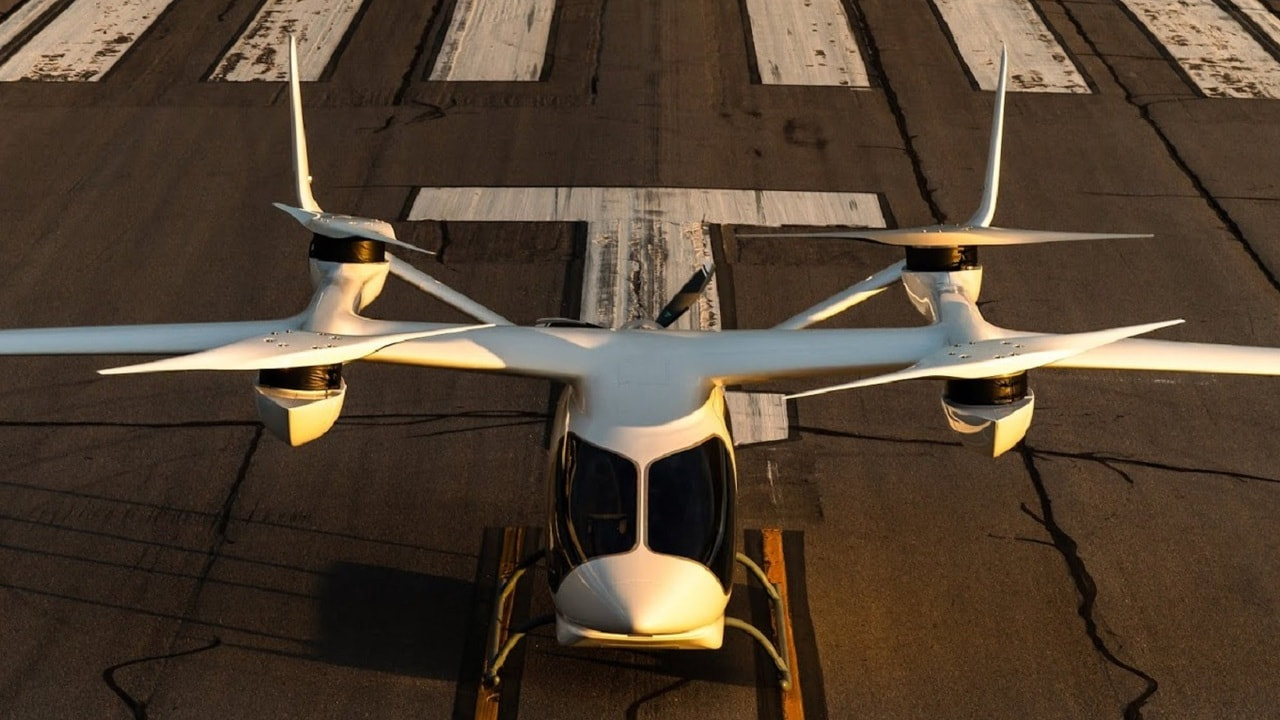
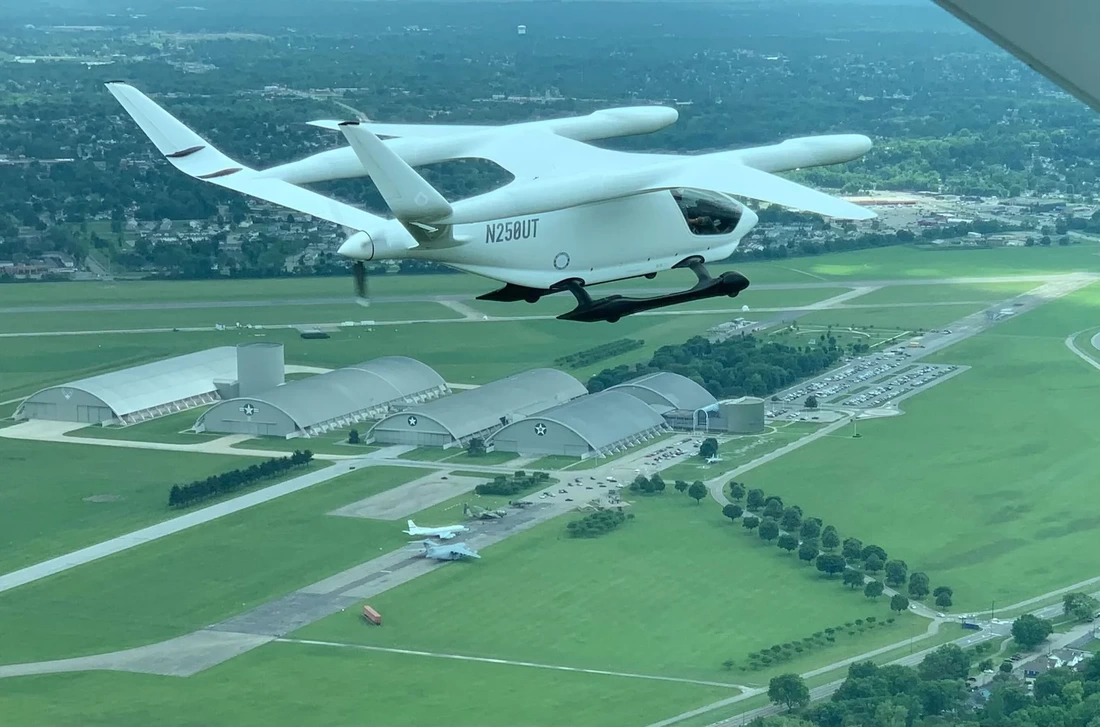
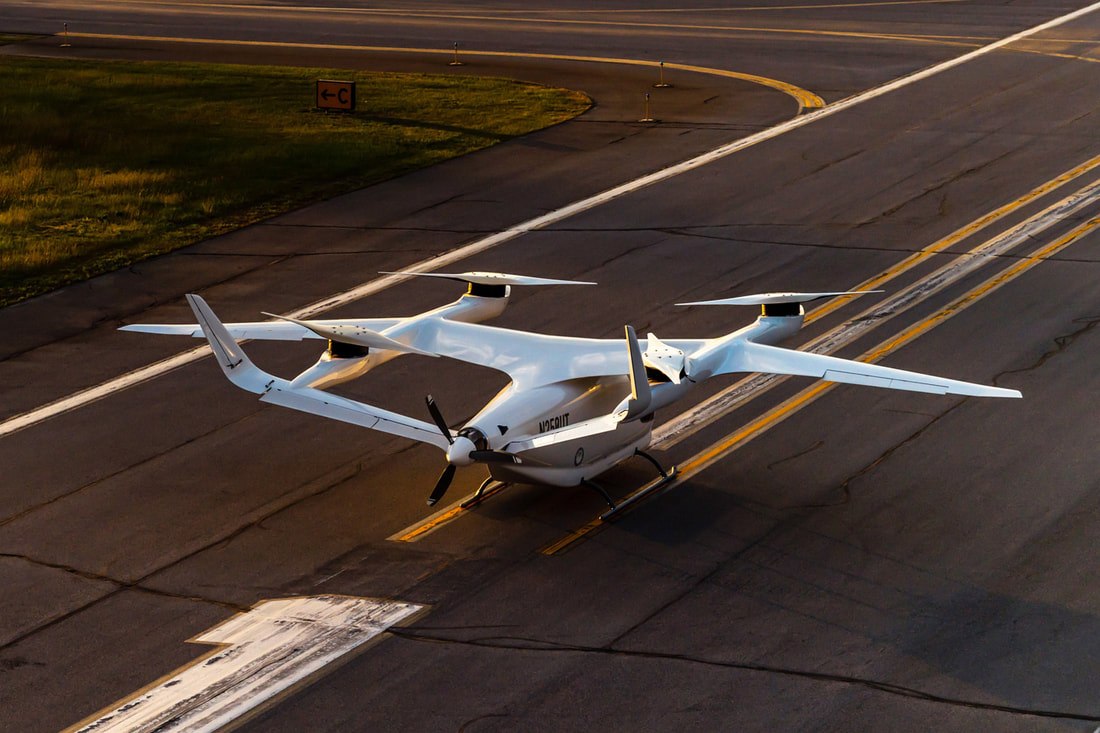
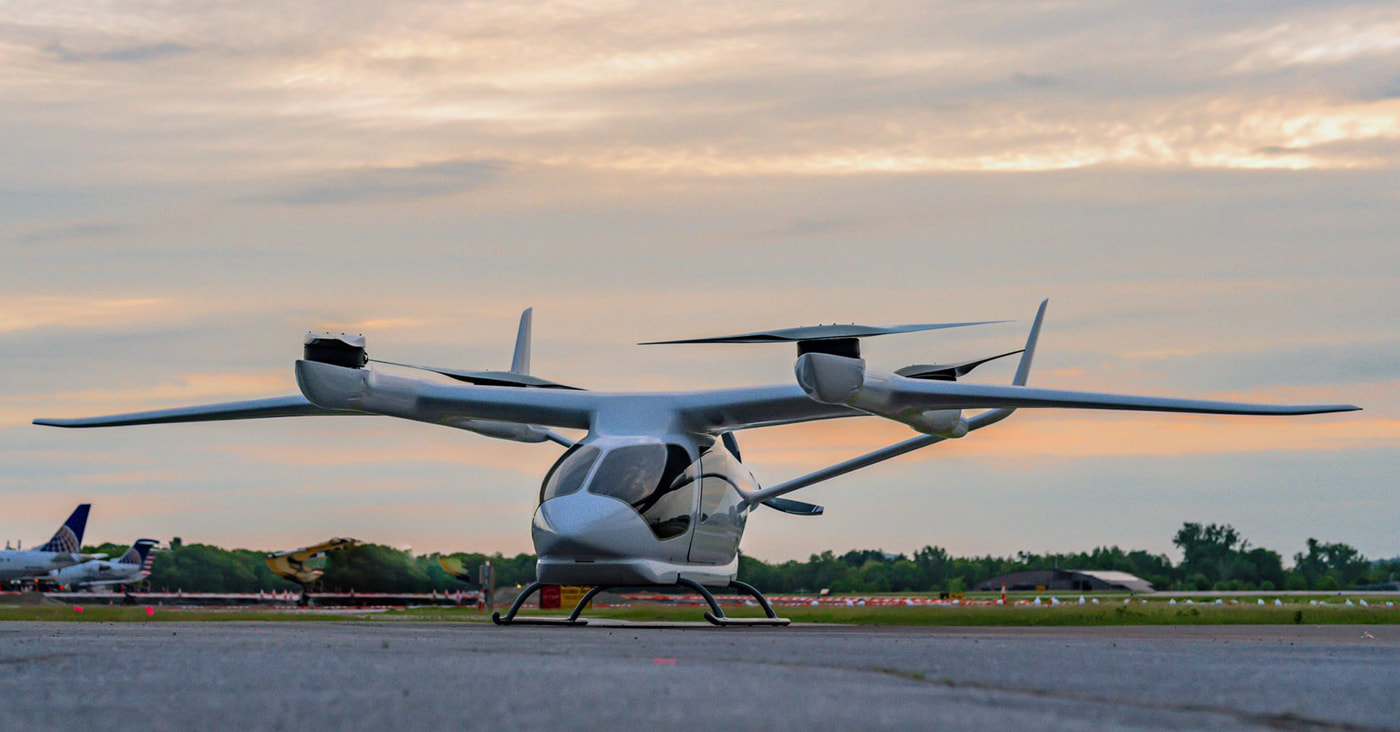
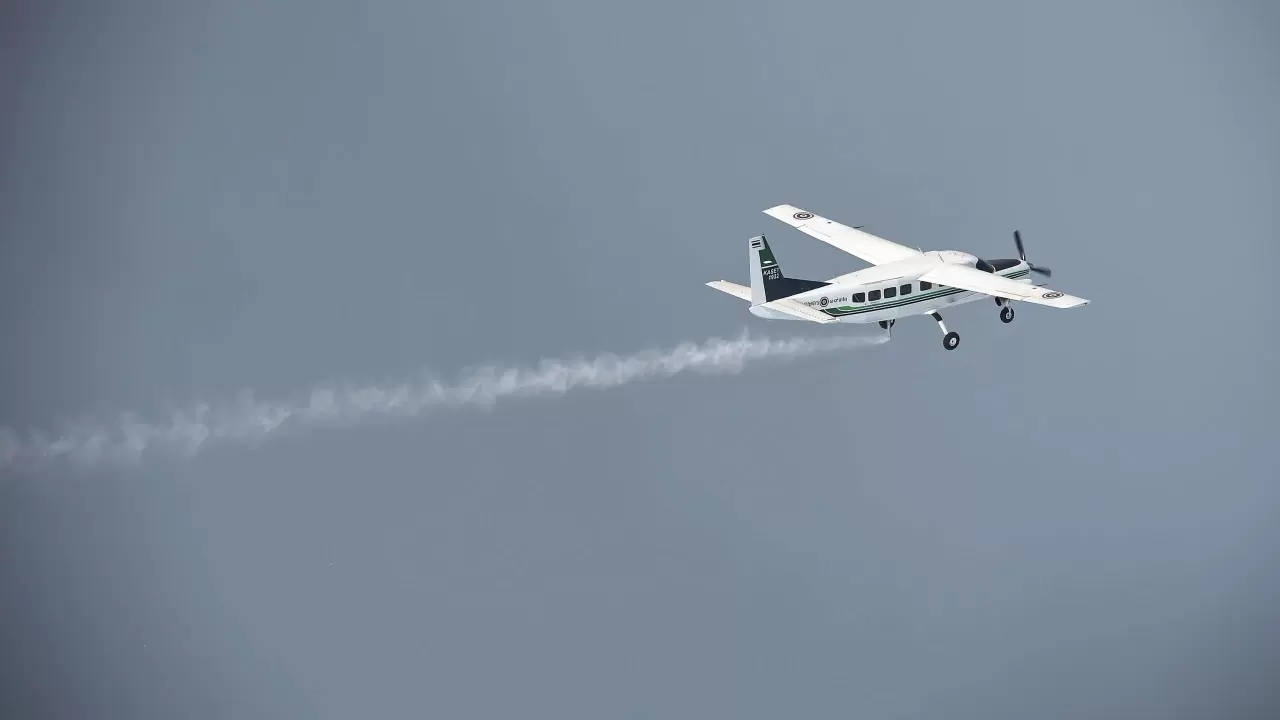
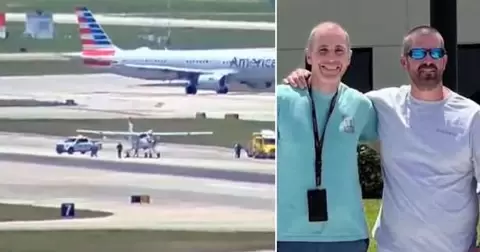
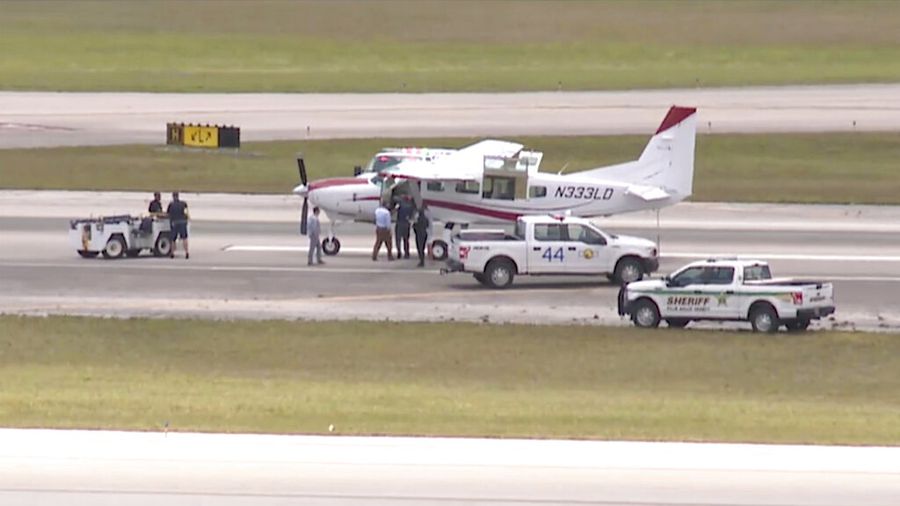
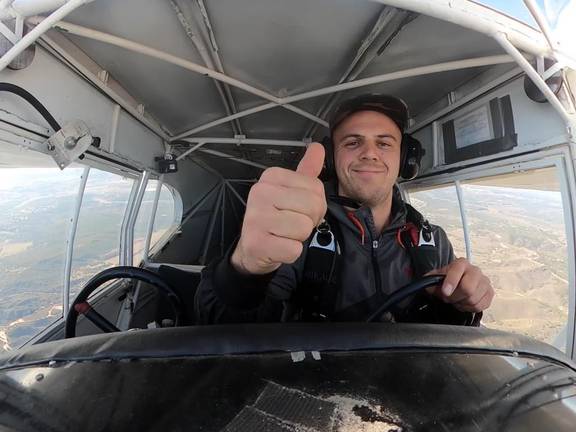
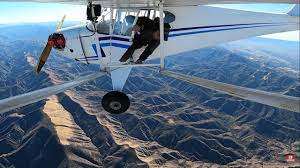
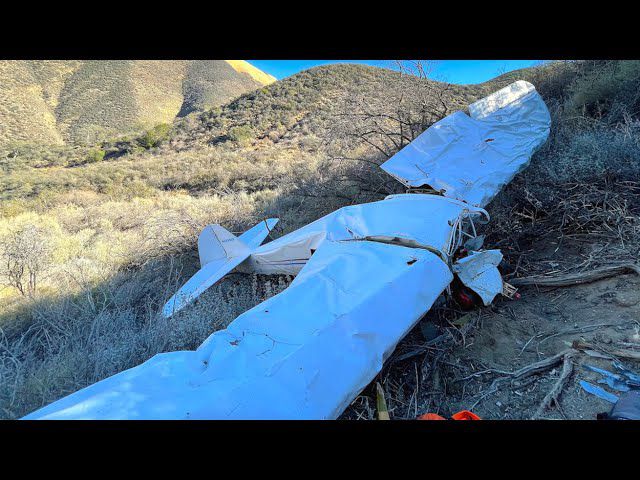
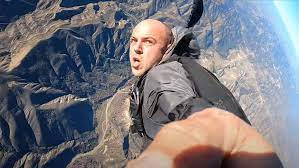
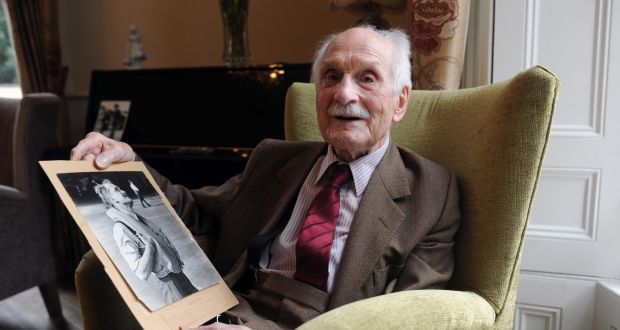
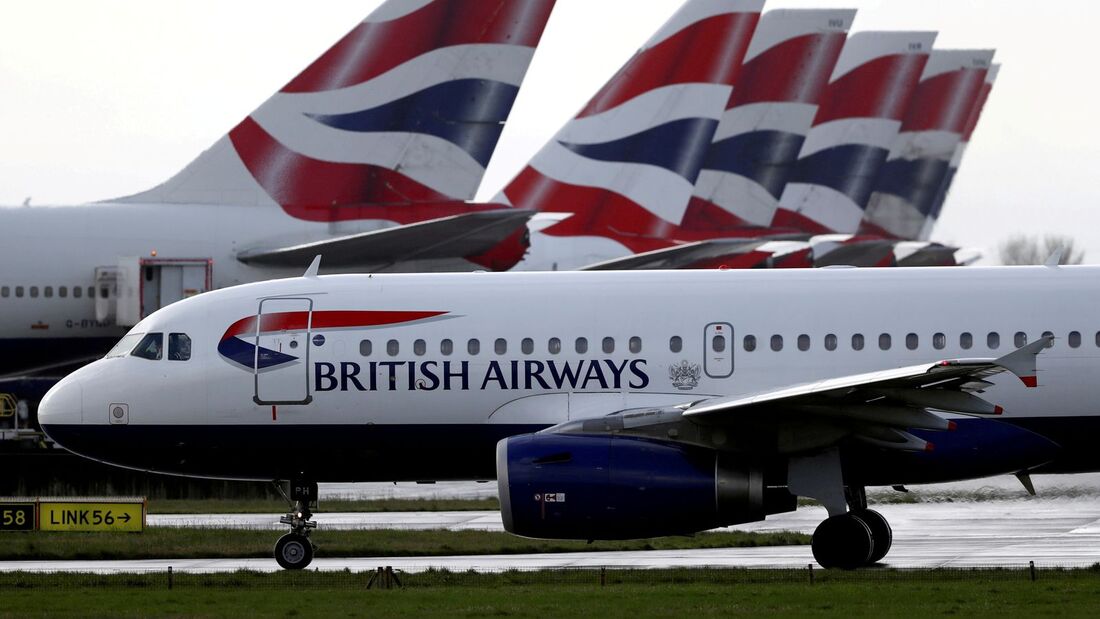
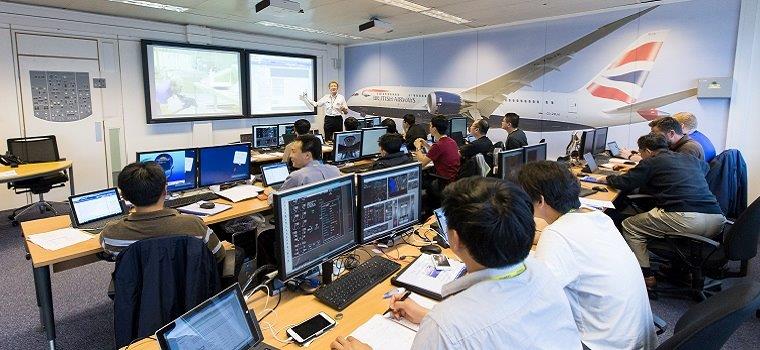
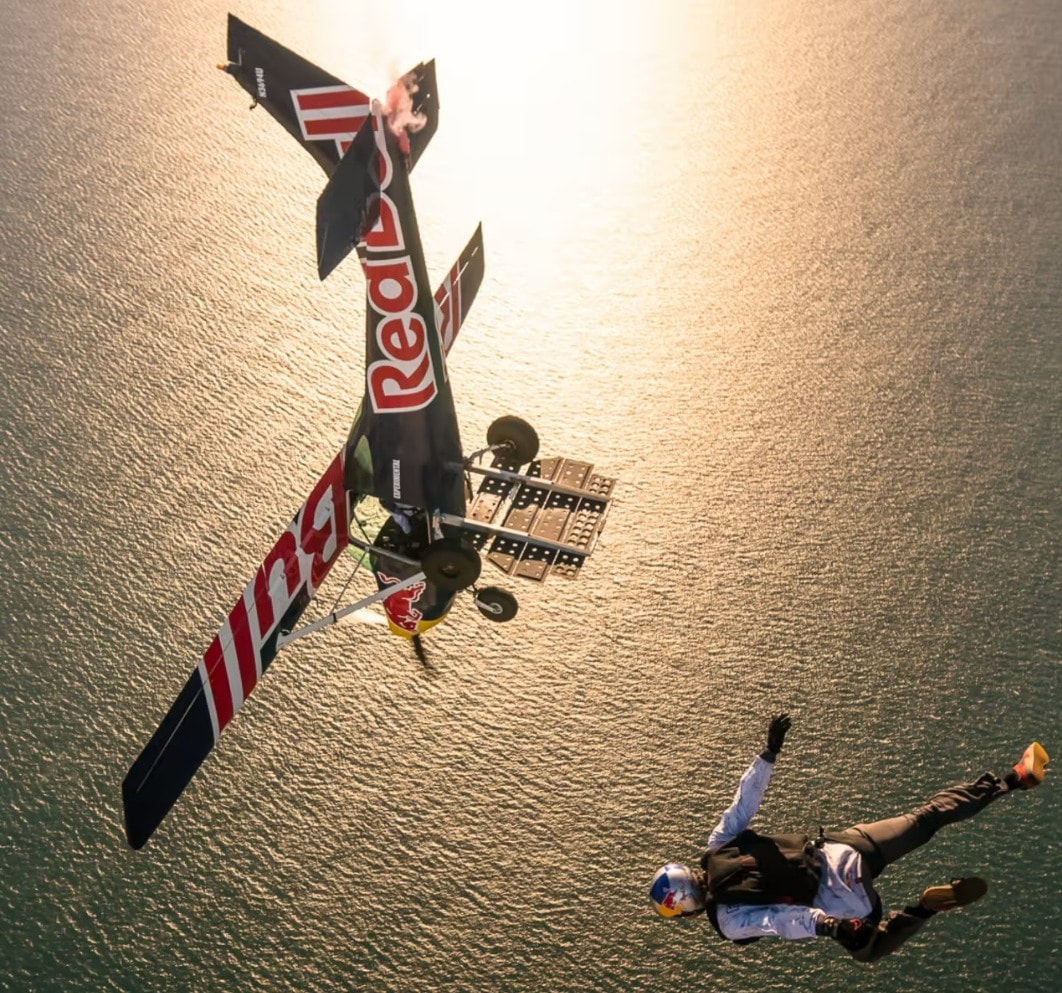

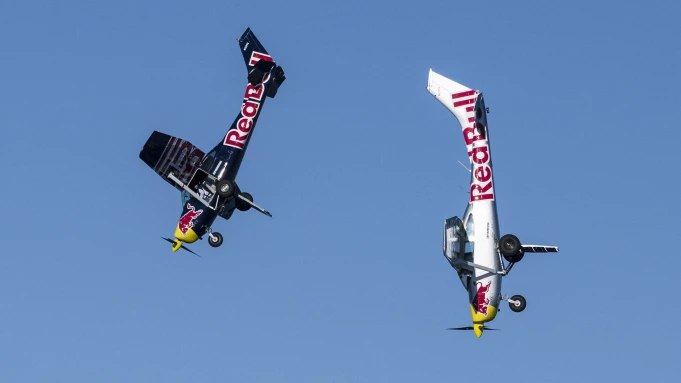
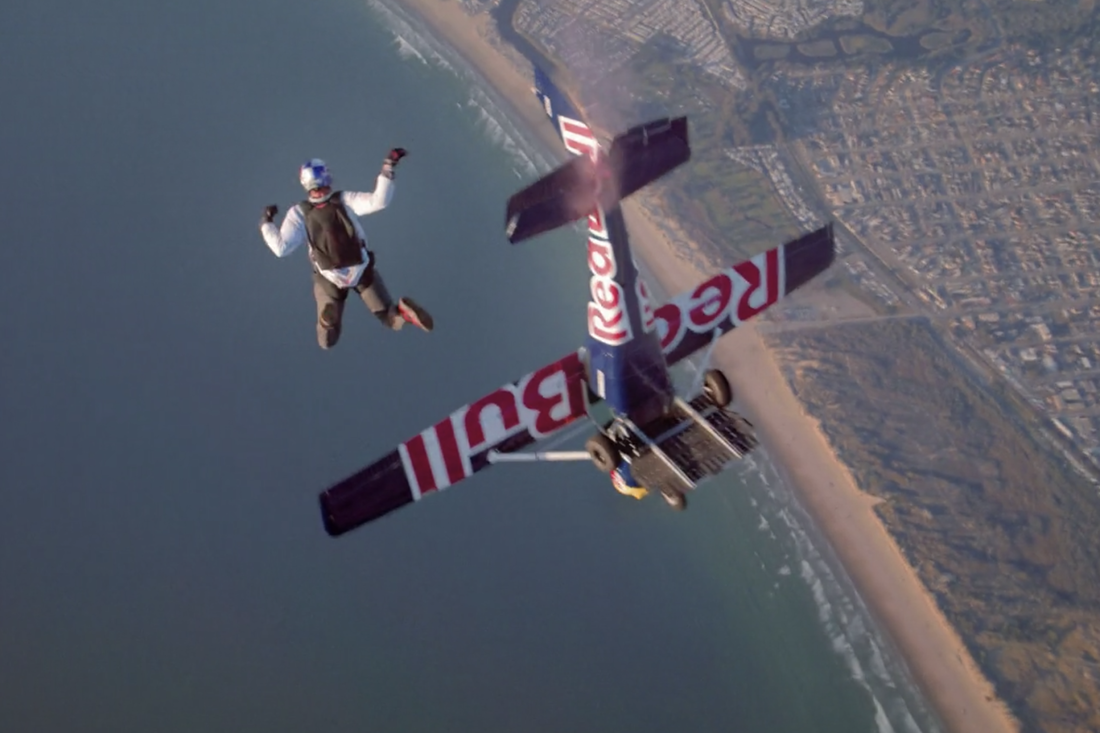

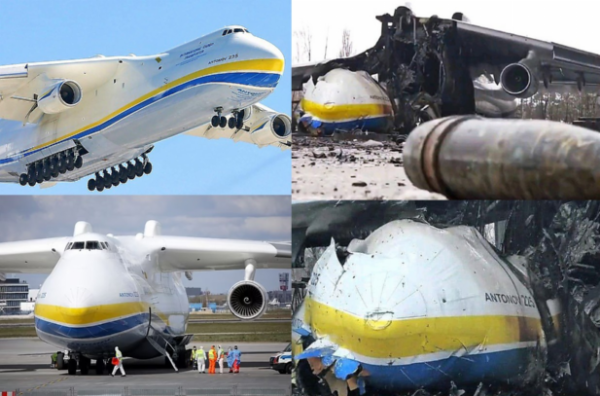
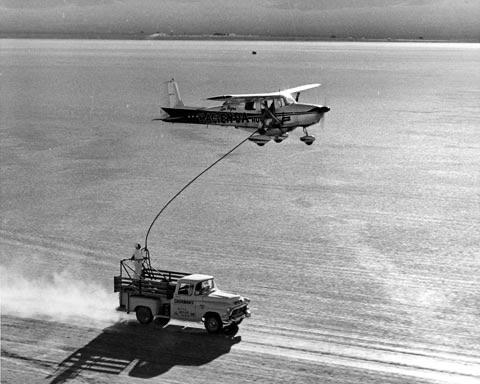
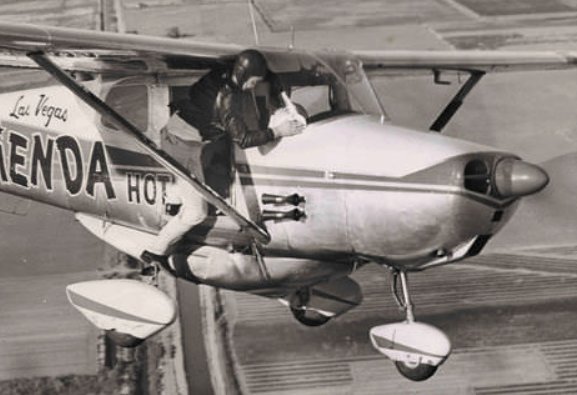
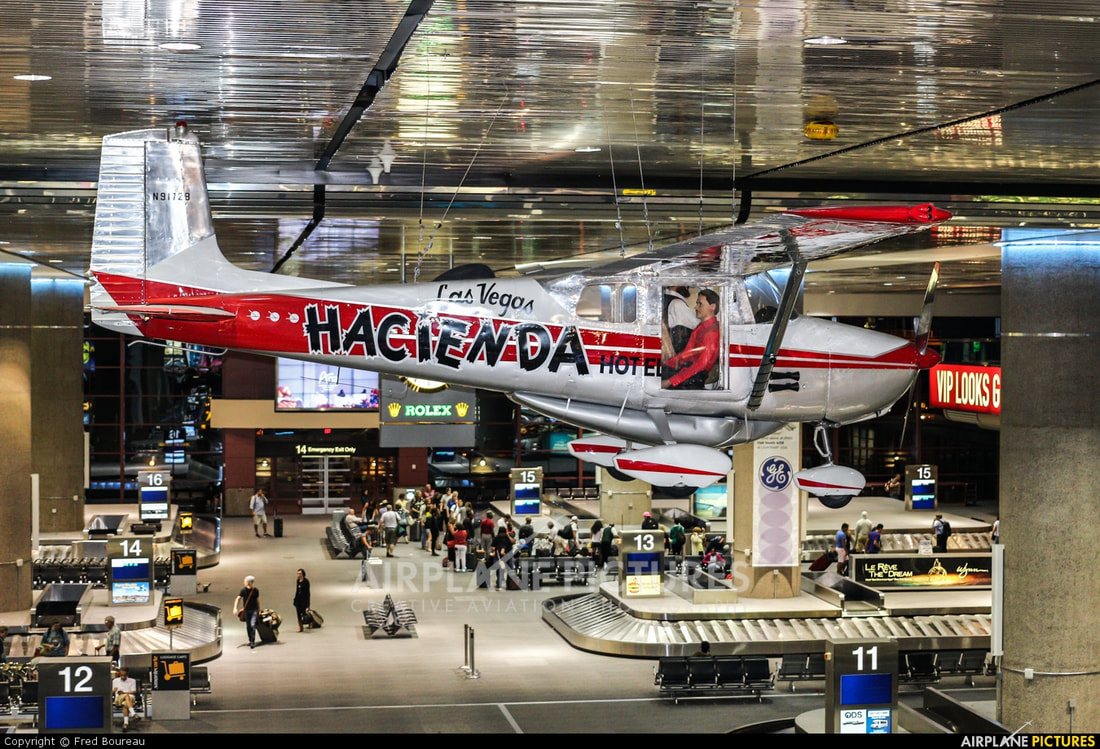
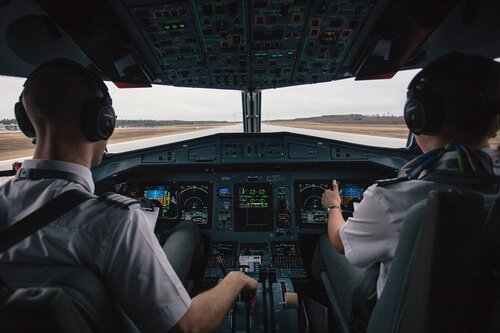
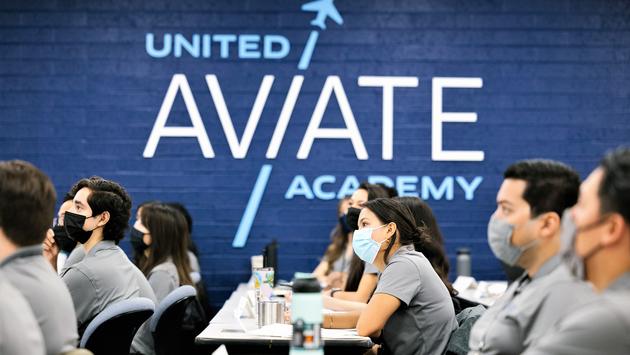

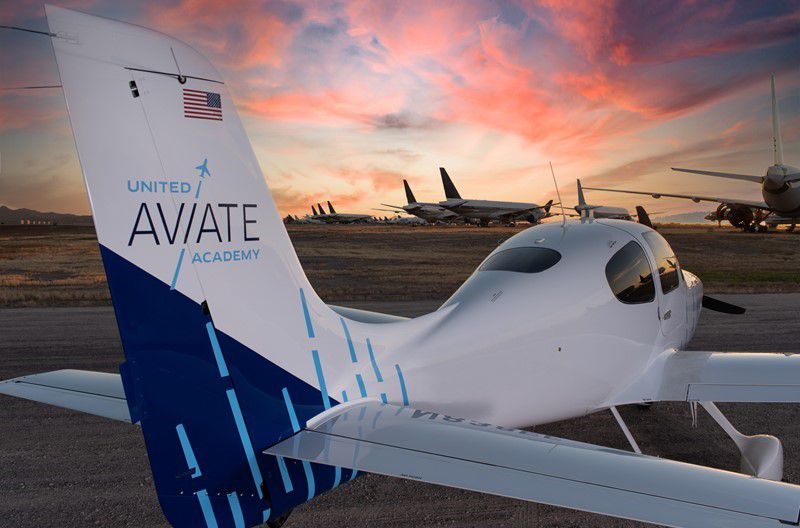
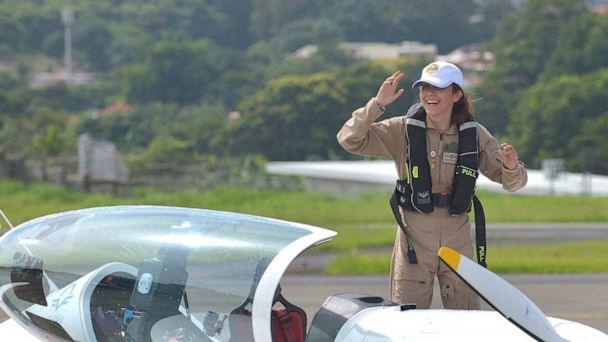

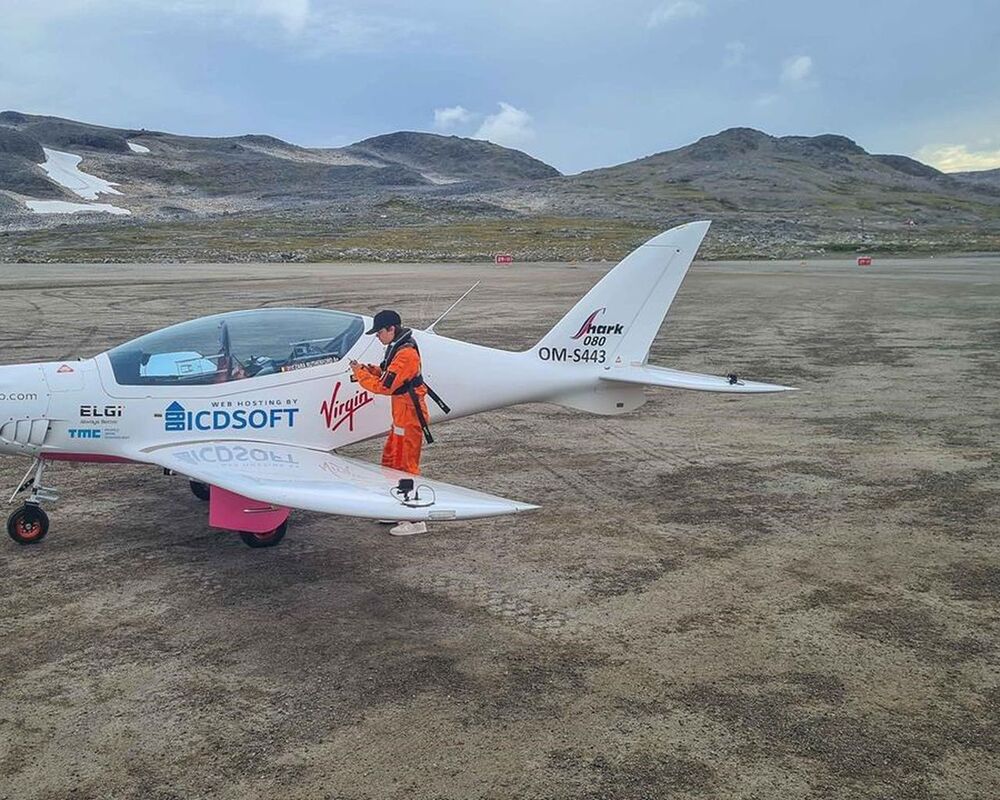
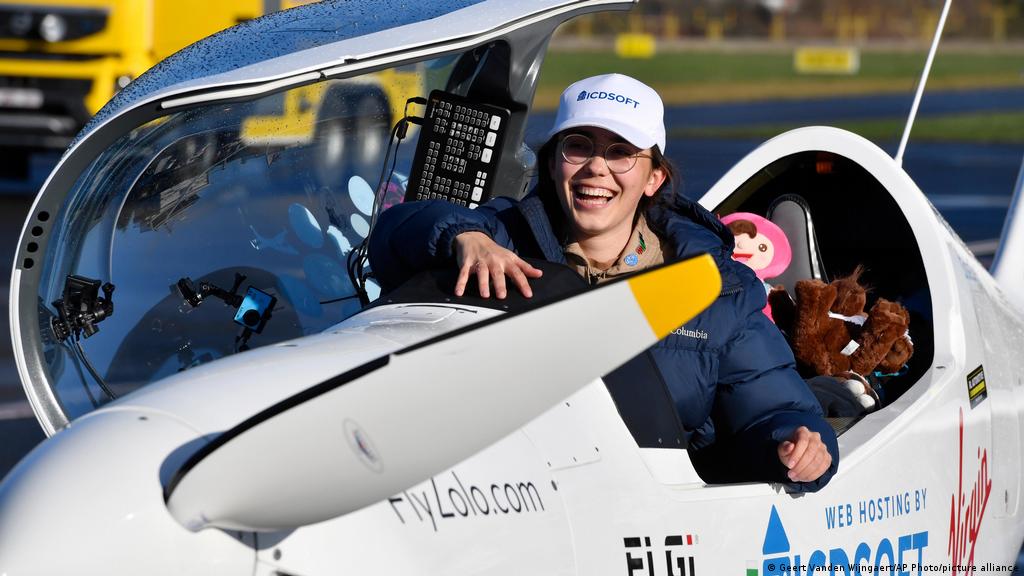


 RSS Feed
RSS Feed